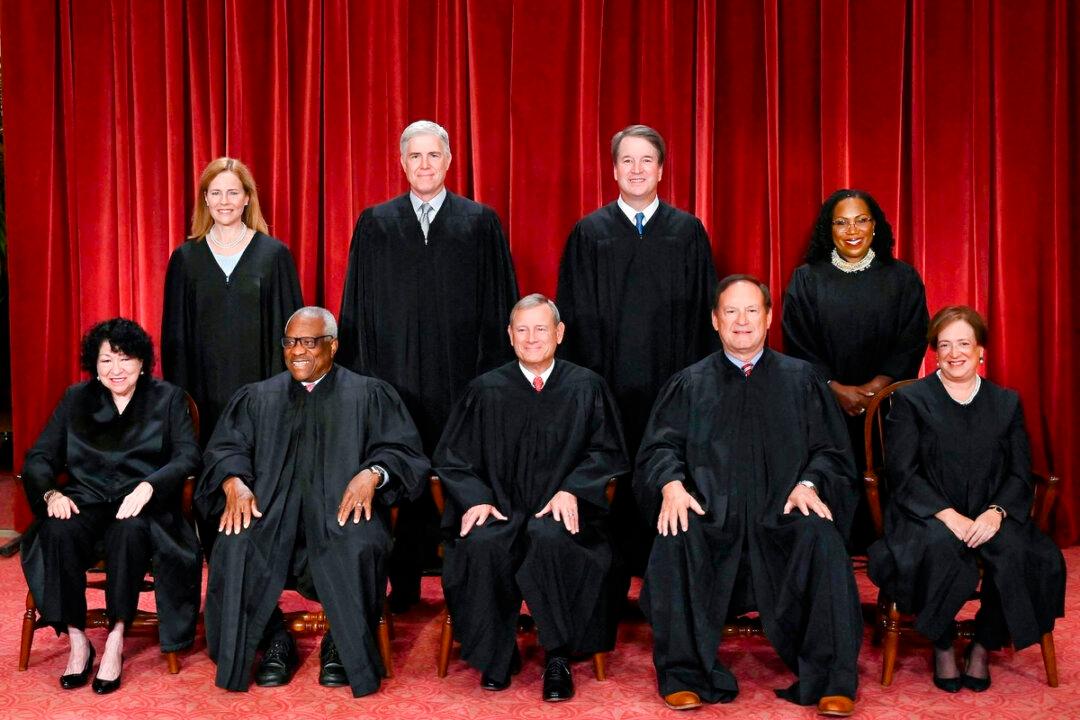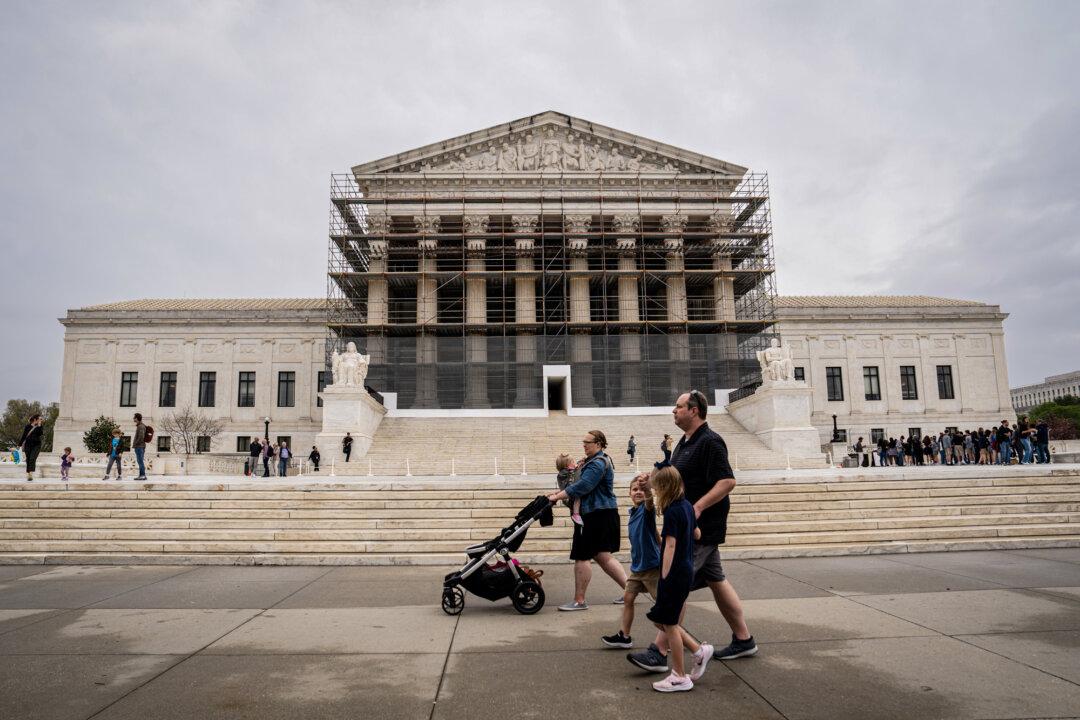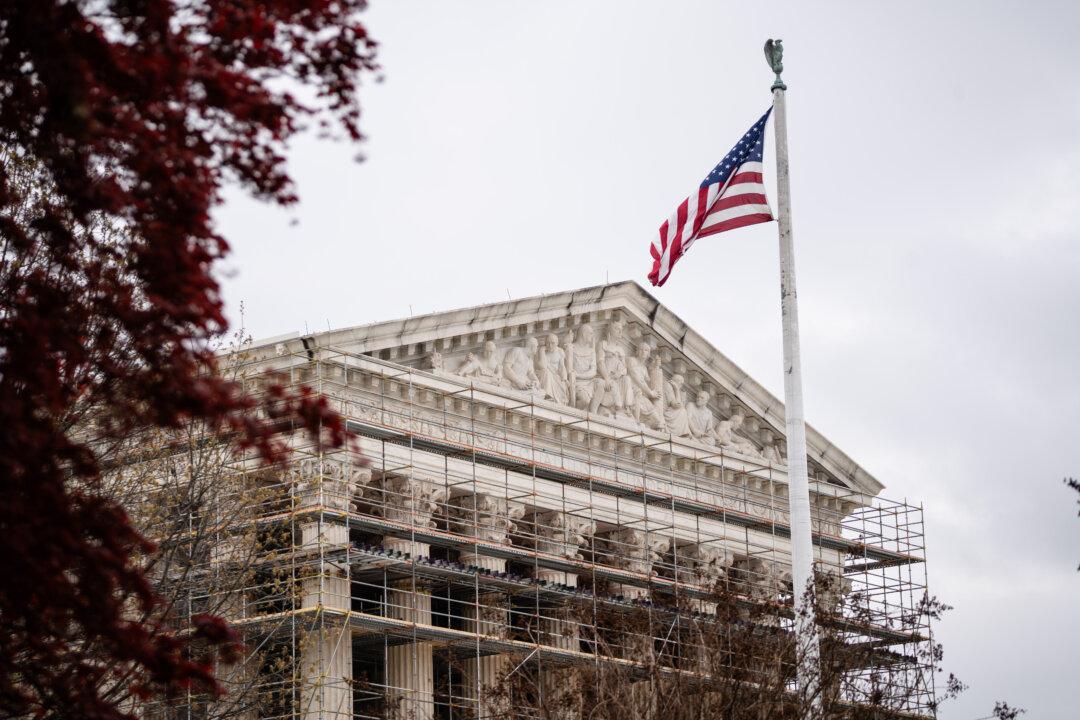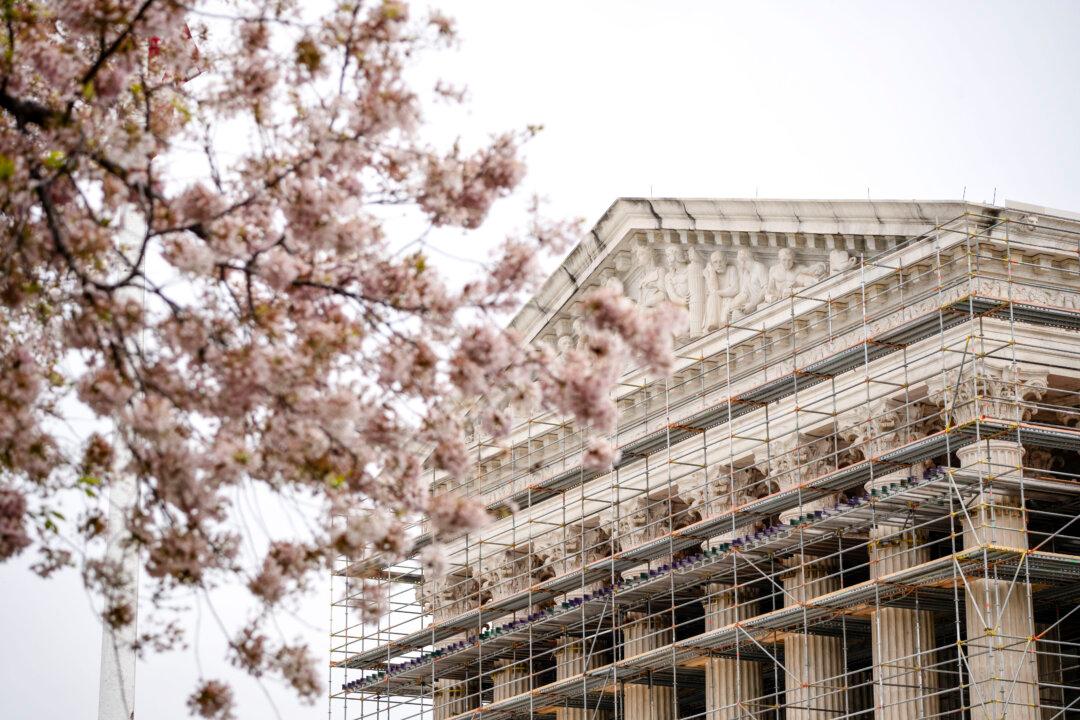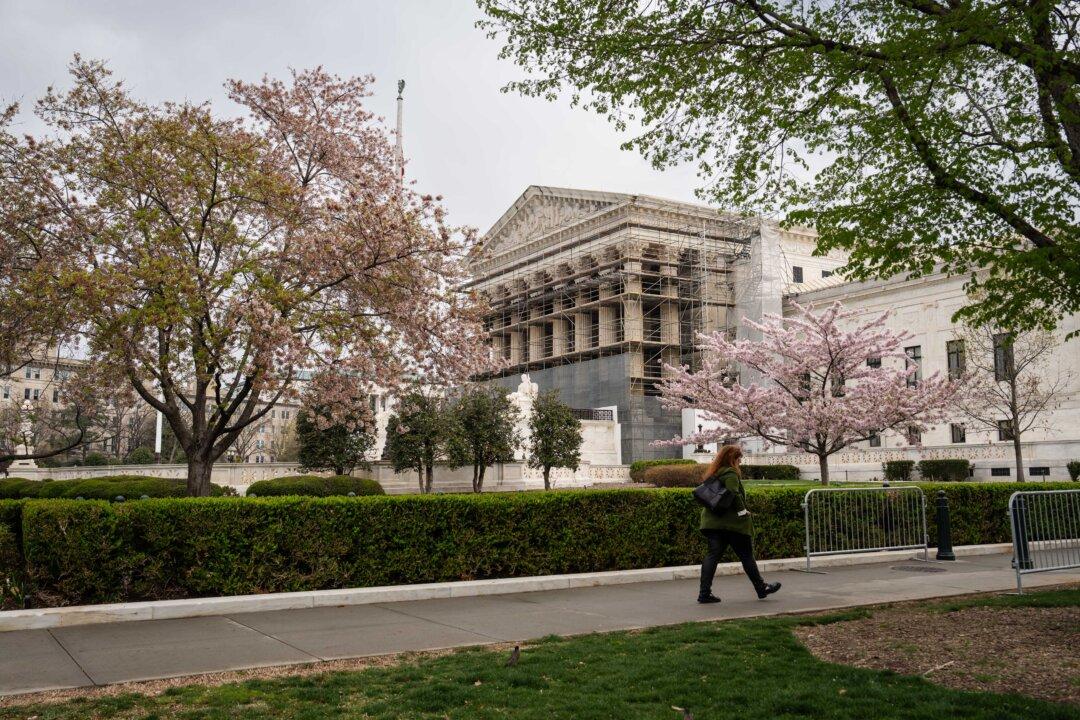The Supreme Court ruled 5–4 on April 22 that illegal immigrants who agree to self-deportation should be given extra time to appeal a deportation order if the departure deadline occurs on a weekend or a holiday.
Gorsuch’s opinion was joined by Chief Justice John Roberts, as well as Justices Sonia Sotomayor, Elena Kagan, and Ketanji Brown Jackson.
Dissenting were Justices Clarence Thomas, Samuel Alito, Brett Kavanaugh, and Amy Coney Barrett.
The petitioner is Hugo Abisai Monsalvo Velazquez, a Mexican citizen who came to the United States illegally as a teenager in 2004.
In 2011, the government began removal proceedings, holding that Monsalvo was “an alien present in the United States who has not been admitted or paroled.”
In immigration law parlance, parole refers to allowing someone not qualified for admission to the United States to enter or remain in the country.
He was given a notice to appear, but it did not contain the date and time of the removal hearing, saying the hearing would be held “on a date to be set at a time to be set,” the petition said.
Monsalvo admitted that the government was entitled to remove him, but filed an application under the U.N. Convention Against Torture to seek relief from removal, claiming he would experience criminal violence if sent back to Mexico.
He also made an alternative request, leaving open the possibility of voluntary departure from the country, a process known as self-deportation.
An immigration court denied his request to block removal and for protection under the torture treaty, but held that he qualified for voluntary departure.
Under the Immigration and Nationality Act, the government may permit a voluntary departure within 60 days when an illegal immigrant of “good moral character” receives an unfavorable decision in removal proceedings.
If the illegal immigrant remains, he or she may be assessed a monetary penalty and be deemed ineligible for immigration relief for a decade.
The immigration court granted voluntary departure because Monsalvo had been residing in the United States for at least one year before removal proceedings were instituted, was of good moral character, and had both the means and desire to leave the country at his own expense, the petition said.
The court order of March 5, 2019, said he would have “60 calendar days” to leave the country.
This meant the deadline was May 4, a Saturday, even though the judge’s order stated Monsalvo’s “application for voluntary departure was granted until May 6, 2019,” which was the next business day after May 4.
He appealed to the Board of Immigration Appeals, which upheld the judge’s ruling.
The board reinstated voluntary departure and gave him another 60 days to leave the country. Again, the 60th calendar day fell on a Saturday, in this case, Dec. 11, 2021, according to the government.
Monsalvo wrote in his petition that he filed a motion with the board to reopen the case on Friday, Dec. 10, but the board did not accept the papers for filing until the next business day, which was Dec. 13, a Monday.
In that case, the court rejected the government’s effort to deport an unsuccessful refugee claimant who argued he shouldn’t be removed because official paperwork was incomplete.
In that ruling, the court rejected the government’s “notice-by-installment theory” under which it gave noncitizens incomplete notice by doling out information over time in multiple documents.
Justice Gorsuch wrote in that case that the government must at least supply an individual with a single and reasonably comprehensive statement of the nature of the proceedings against him.
Monsalvo argued that because he received a deficient notice, Niz-Chavez meant he was eligible to ask for his removal to be blocked.
He said that blocking removal was appropriate because removal would inflict hardship on his U.S. citizen children, the petition said.
The board denied the motion on May 4, 2022, finding that in light of the Supreme Court’s 2018 decision in Pereira v. Sessions, Niz-Chavez did not constitute a significant enough change in the law to justify reopening the case.
In Pereira, the court held that the government could not put illegal immigrants in immigration proceedings by using a document that failed to state a removal hearing’s time and place.
Monsalvo sought reconsideration because the board’s practice manual said that when “a deadline date falls on a weekend or a legal holiday, the deadline is construed to fall on the next business day.”
The board denied reconsideration, finding that the manual’s guidance did not pertain to voluntary departure periods.
The U.S. Court of Appeals for the 10th Circuit denied his appeal, agreeing with the board that he filed his motion too late.
At the same time, that court acknowledged the Ninth Circuit had long held that “when a voluntary-departure period expires on a weekend or a holiday, the deadline to voluntarily depart or to file motions related to the voluntary departure is continued to the next business days.”
In the majority opinion, Gorsuch summed up the Supreme Court’s new holding.
“Here, as elsewhere, the term ‘days’ operates to extend a deadline that falls on a weekend or legal holiday to the next business day,” he wrote.
Because the 10th Circuit ruled the other way, the Supreme Court reversed its judgment and returned the case to that court “for further proceedings consistent with this opinion.”
